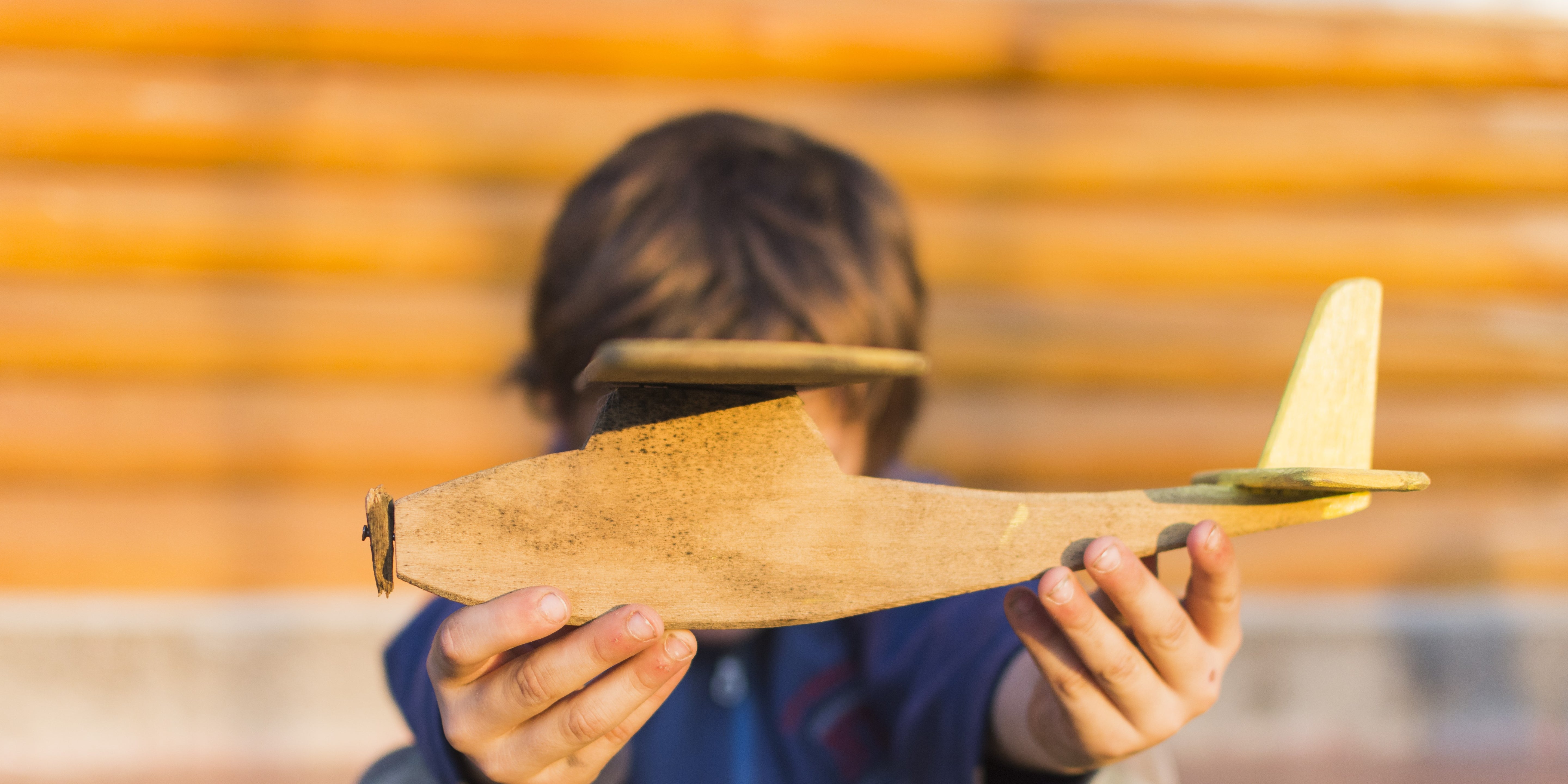As parents, we cherish the joy of exploring new places and creating unforgettable memories with our children. However, for families with special needs kids, air travel can be a daunting prospect, filled with concerns about logistics, safety, and accessibility.
Fear not, fellow parents!
With careful planning and a positive attitude, you can navigate the world of air travel with ease, ensuring a stress-free and enjoyable experience for both you and your little hero.
1. Pre-flight Planning
Setting the stage for success
Preparation is key to a smooth and stress-free flight. Start by informing the airline about your child's special needs well in advance of your trip. This will allow the airline to make necessary arrangements, such as requesting an aisle seat for easier access or aiding during boarding and disembarking.
Arrive early at the airport so that your child is not affected by your stress or nervousness. You may often be able to check in from home. Get help from the staff to get through security quickly and head for a quiet area of the airport so that your child is not affected by too much noise and crowds. Often you can find a gate that is not in use where it is completely quiet.
2. Comfort and Familiarity
Creating a calming atmosphere
Enhance your child's comfort and reduce stimulation by bringing along familiar toys, books, and activities that they enjoy. A sensory bag filled with fidget toys, calming music, and soothing scents can provide a sense of security and distraction during potentially overwhelming moments.
3. Medical Needs
Adequate preparation and communication
If your child requires medication or special medical attention, ensure you have an ample supply of medication and a letter from their doctor outlining their needs. Communicate your child's medical requirements to airline staff and inform them about any potential triggers that may require additional assistance.
4. Sensory Sensitivity
Navigating the airport experience
Airports can be overwhelming for children with sensory sensitivities due to the noise, crowds, and unfamiliar surroundings. Arrive early at the airport so that your child is not affected by your stress or nervousness. You may often be able to check in from home. Get help from staff to get through security quickly and head for a quiet area of the airport so that your child is not affected by too much noise and crowds. Utilize noise-canceling headphones or earplugs to reduce auditory stimuli. Often you can find a gate that is not in use where it is completely quiet.
5. Embracing Flexibility and Understanding
A positive mindset
Air travel can be unpredictable, and it’s important to approach it with flexibility and understanding. Be prepared for delays, unexpected changes, and potential disruptions. Focus on the positive aspects of the trip and the shared experiences you’ll create with your child.
6. Embracing Assistive Technology
Enhancing communication and independence
If your child uses assistive technology, such as communication devices or mobility aids, ensure they are readily available and in working order. Inform the airline staff about your child's use of assistive technology and request assistance in using the facilities and seating arrangements.
7. Celebrating Achievements
Recognizing your child's bravery
Recognize and celebrate your child's bravery and resilience throughout the flight experience. Acknowledge their efforts and praise their ability to navigate the challenges of air travel. Positive reinforcement will boost their confidence and make them feel more secure.
8. Embracing Supportive Networks
Seeking assistance when needed
Don't hesitate to seek assistance from fellow passengers or airport staff when needed. Many people are willing to lend a helping hand and make the journey more comfortable for your child.
Remember: flying with a special needs child requires patience, understanding, and a willingness to adapt.
With careful planning, open communication, and a positive mindset, you can transform the experience into a joyful adventure that not only strengthens your bond with your child but also expands their horizons and creates lasting memories.







